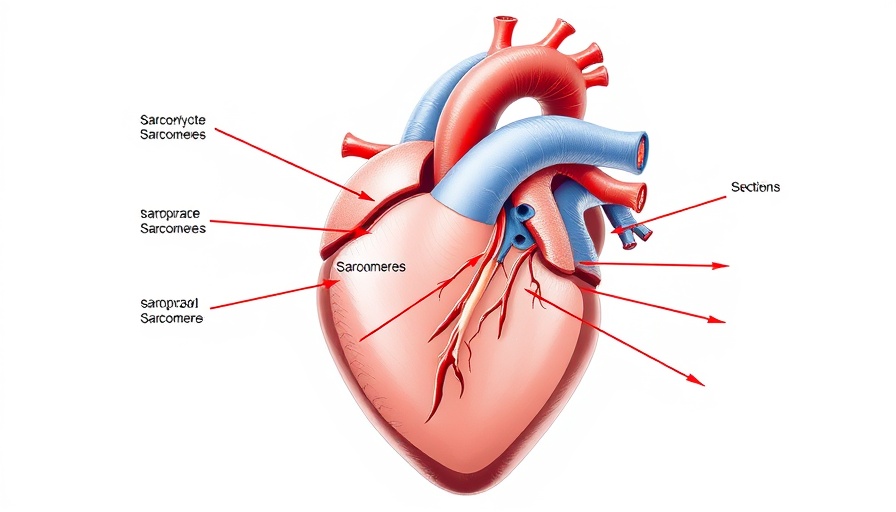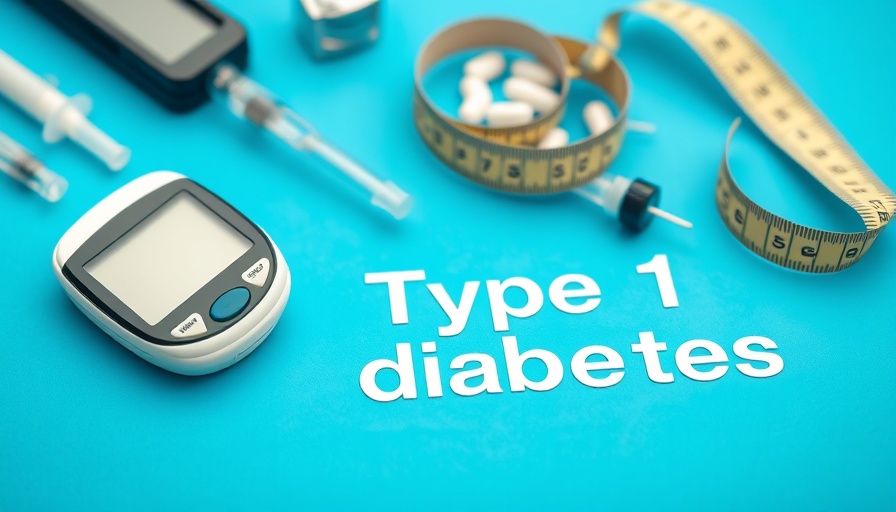
Daily Walking: The Natural Cure for Chronic Low Back Pain?
Recent findings suggest that increasing your daily walking volume could lower the risk of chronic low back pain, a common ailment affecting millions. This discovery, published in the Journal of the American Medical Association (JAMA), highlights the significant health benefits of an activity many of us enjoy but often overlook.
Why Walking Matters for Your Back
Walking is often underrated as a form of exercise, yet it plays a crucial role in maintaining a healthy spine. The study finds that individuals who walk more regularly experience fewer episodes of low back pain. This connection showcases how simple daily habits can lead to improved health outcomes.
Understanding Chronic Low Back Pain
Chronic low back pain can severely impact daily life, limiting mobility and overall well-being. It's the leading cause of disability worldwide, and understanding how lifestyle choices affect back health is crucial. Alongside proper posture and ergonomic practices, increasing physical activity like walking can be a straightforward way to combat this prevalent issue.
The Role of Telemedicine in Pain Management
As we explore preventive measures for chronic pain, it's pertinent to mention the rise of telemedicine. In a time when in-person visits are sometimes challenging, online consultations can provide individuals with personalized advice on managing pain through lifestyle changes, including increasing daily movement, like walking.
Practical Tips to Boost Your Walking Habits
- Set realistic goals: Aim for a minimum of 30 minutes of walking five times a week.
- Start slow: If you’re not currently active, begin with short walks and gradually increase your distance.
- Incorporate walking into your routine: Choose walking meetings or take brief strolls during breaks at work.
- Find a buddy: Walking with a friend can make the activity more enjoyable and keep you accountable.
What This Means for the Community
The insights from this research reinforce the importance of community health initiatives. Local programs that encourage walking—whether through organized group walks or dedicated walking paths—can have a considerable impact on public health. By fostering a walking culture, communities can work together to decrease incidences of chronic low back pain and enhance overall wellness.
Inspirational Stories from the Community
Many local residents have shared how incorporating more walking into their lives has transformed their health. From reducing chronic pain to improving mental clarity, these personal accounts resonate with the broader trend of prioritizing both physical and mental health through simple yet effective lifestyle changes.
In the fight against chronic low back pain, the message is clear: taking daily steps, literally and figuratively, can pave the way for a healthier future. By committing to regular walking, we don’t just improve our physical well-being; we also enrich our lives.
 Add Row
Add Row  Add
Add 




 Add Row
Add Row  Add
Add 

Write A Comment